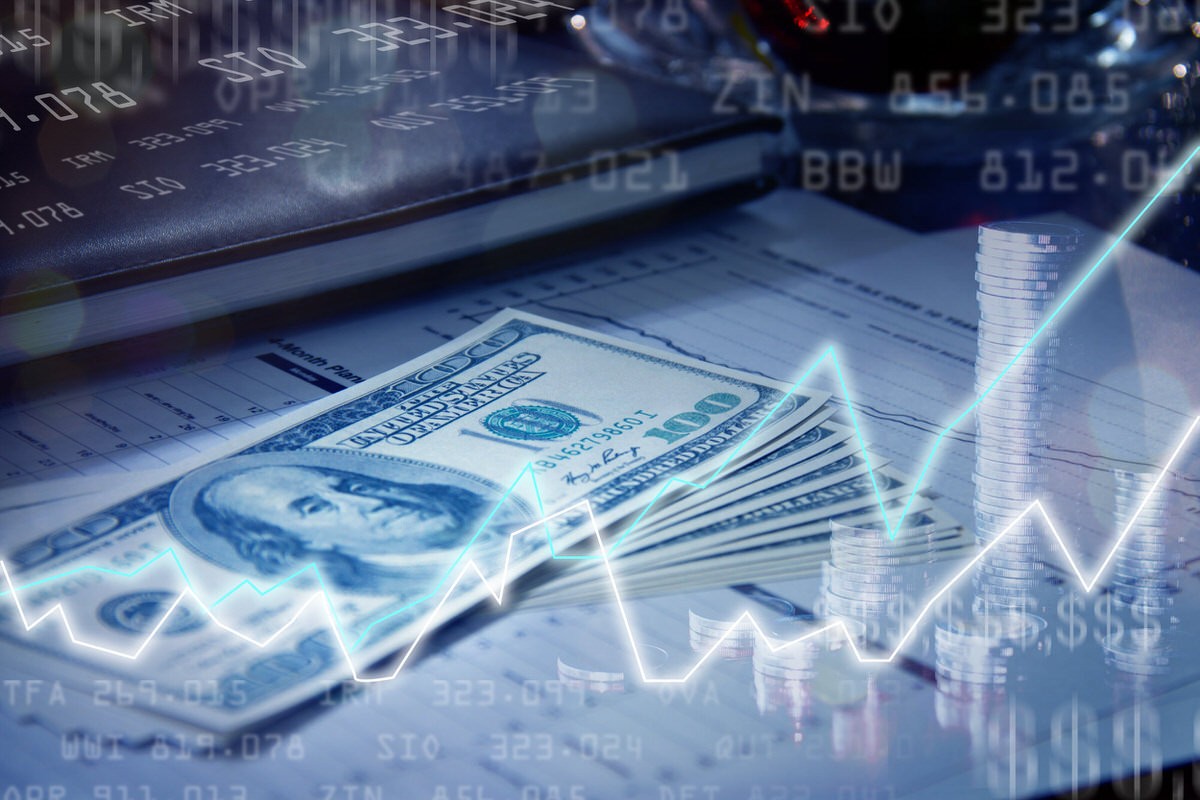Yield Curve Inversion
We hear a lot of coined terms thrown around by talking heads involved in the economy and it’s analysis. One is the “yield curve inversion” and how this ‘event’ marks a clear sign of upcoming recession. Yield curve inversions are when shorter-term government bonds have higher yields than long-term ones. This has been a hot topic of discussion in economic and market circles as everyone tries to determine where markets are going next.
On Wednesday the yield curve inverted very slightly but at its’ biggest level since 2000. The curve has inverted a few times this year very briefly and by not much of a margin. Currently, the 2-year trades more than 9 basis points higher (around 3.138%) than the 10-year rate (around 2.919%) – read that as a difference (or inversion of) .22%. This is marginal and the reality is that for an inversion to have a meaningful harbinger of news it needs to last for more than just a few days.
Earlier on Wednesday, Bank of America economists said in a note that they expect the U.S. to enter a “mild recession” this year. Data coming in definitely suggests a slowing momentum of growth, this is no surprise. Furthermore, the inversion (if sustained) for us indicates more than just a potential recession but rather a forward indication of what the markets expect the FED to do at the next FOMC meeting. With this week’s inversion the market seems to be pricing in a minimum .75% rate hike up to a 1% rate hike at the end of this month. Again, not much of a ‘surprise’.
What is most important to remember is to maintain a long-term perspective. It isn’t easy to ignore the daily headlines and dramatics of it all however, as I write this (Thursday 7/14) the yield curve inversion has lessened and currently sits at a differential of .15%. In the environment we are in things change quickly – with that in mind, try to remain rational and rather than watch headlines look forward 6 – 8 months at the shorter end of a time horizon. As we have outlined, yes a yield curve inversion is a potential indicator of recession but that also comes along with economic growth slowdown – meaning lower inflation followed by likely cuts to interest rates. Lower inflation is our current goal so hopefully we will begin to see some traction in repairing that portion of our economy.
About the author
Athena K. Stone has been with Attentive Investment Managers, Inc. since 2003, is an Investment Advisor and the Chief Compliance Officer for the company. Mrs. Stone earned her Chartered Retirement Planning Counselor (CRPC) designation in 2010 from the College for Financial Planning. She received the designation of Accredited Investment Fiduciary (AIF) from Fi360 in 2011. She earned her Bachelor of Arts Degree in Organizational Leadership from Brandman University in 2012 and her Master of Science in Financial Planning and Designation of MPAS (Master Planner Advanced Studies) from the College for Financial Planning in 2018.
By accepting you will be accessing a service provided by a third-party external to https://www.attentiveinv.com/

Comments